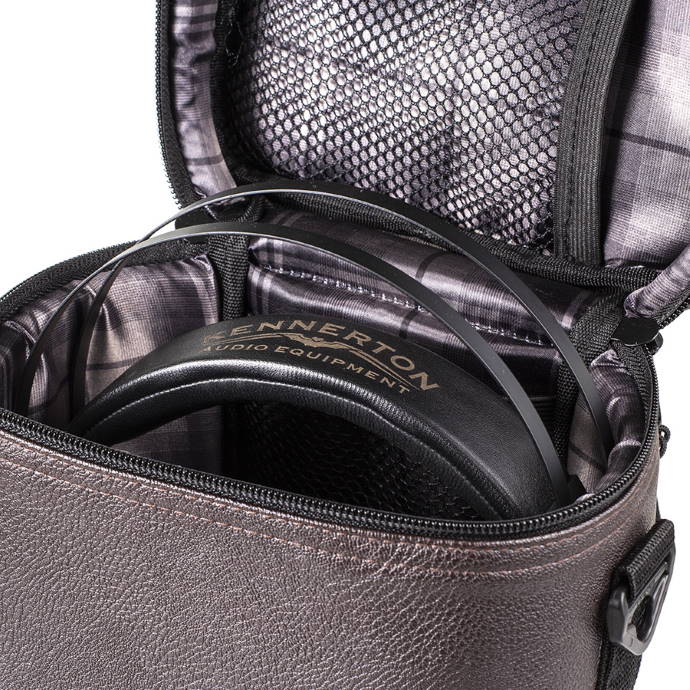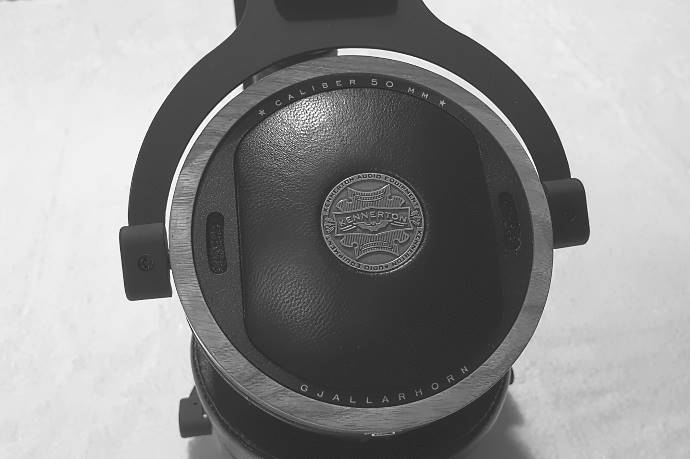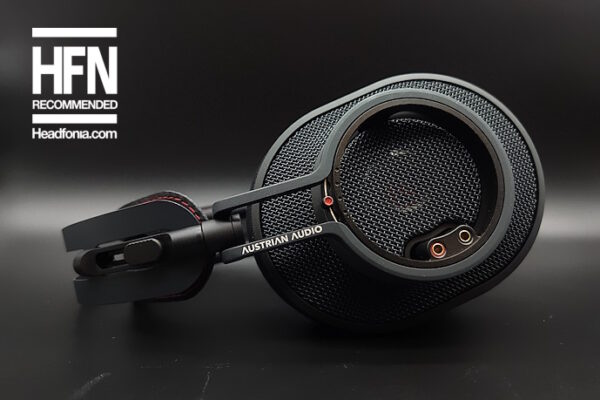In this article we look at the €1.080 Euro Kennerton Gjallarhorn GH50 headphone.
Disclaimer: The Kennerton Gjallarhorn GH50 was bought from Kennerton. Kennerton Audio is in no way related to Headfonia.com
Editor’s note
This is the first review of our newest reviewer “Timothy”, let’s give him a warm welcome to the Headfonia family.
Intro
Howdy folks, my name is Timothy, and this is my first-ever review on Headfonia. If you frequent Head-Fi, you might have bumped into me – my name is Malevolent on the forums.
Here’s a little introduction: I am a huge closed-back headphone addict, an unabashed basshead, and a massive fan of Electronic Dance Music (EDM) as well. Quite a turn from the usual audiophile trope, no? Give me a good pair of closed cans, and some dance tracks, and I’ll be happy as a lark. With a cup of tea, of course.
Kennerton
Today’s review brings the spotlight onto one of the perhaps lesser-known heavyweights of the high-end personal audio space, Kennerton Audio Equipment. The company is the high-end division of the evergreen and renowned Fischer Audio. These folks proudly hail and operate from Russia.
Throughout the years, Kennerton has introduced some big guns in the personal audio space, such as the Magni, the Thror, the Thekk, the Odin and the Wodan; several of these products have been highly lauded and widely praised. The company has a knack of churning out headphones that look as good as they sound. With a plethora of wood choices available on their website, prospective buyers are presented with a myriad options for their next headphone (clearly a Kennerton, right?).
However, their forays into the closed-back side of things hasn’t been as well fleshed out – the company primarily excels in crafting open-back models (utilizing planar magnetic and dynamic drivers). That has all changed following the company’s concerted and earnest efforts to deliver a high-end closed-back headphone onto the contemporary market.
Today, we will talk about that statement product, the Gjallarhorn GH50, selling for €1,080 Euro.
Gjallarhorn GH50
In Norse mythology, the Gjallarhorn is the horn associated with the god Heimdallr and the wise being Mímir. Not so clued-in with the mythos? Here’s what I could find with a Google Search – at the onset of Ragnarök, Heimdallr will raise the Gjallarhorn, and blow loudly to signify the start of the impending battle.
Hence, like its namesake, the Gjallarhorn incorporates a horn-loaded design in its driver assembly. This is a concept that has yet to be achieved in the world of portable audio to date; thus, it is easily a primary selling point of this headphone. Admittedly, the Gjallarhorn is as novel as it is alluring.
In the words of Kennerton themselves –
“The most important advantage of horn headphones is the ability to develop a good sound pressure and give excellent dynamics from the first milliwatts with minimal distortions.
Horn Headphones reproduce the most subtle musical nuances and most fully and accurately convey the emotions of performers.
The horn in the headphones creates a full presence effect, gives outstanding micro-macro dynamics and a wide directional pattern in the horizontal plane.
High and medium frequencies played through a horn have a completely different energy and transparency. Low frequencies, reproduced through a horn, have a natural fullness and power.
Horn-type headphones are musicality, integrity of perception, overall harmony, natural sound and the ability to completely capture the listener.”
The prospect of owning one of the more-exciting headphones in today’s market was too compelling to pass. I promptly ordered the Gjallarhorn within a month of its release (I am the proud owner of a Gjallarhorn bearing the serial number 003). This review is based on my experiences garnered with my personal unit over the last few months.

Technical Specifications
Before we start, here are some of the technical specifications relevant to the Gjallarhorn GH50:
Driver Type: Graphene Membrane
Driver Unit Size: 50 mm
Frequency Response: 10-50000 Hz
Sensitivity: 116 dB
Impedance: 33 Ohm
Maximum Input Power: 250 mW
Cord Length: High quality 2 meters length detachable cable made from OFC wires is terminated with high quality gold plated 6.3 mm TRS connector
Weight: 406 grams (without cable)
Price: €1,080
Interview
Before going into the review proper, let’s take a segue into the fundamentals of this intriguing Russian headphone. I wanted to better understand the complexities and challenges associated with this particular headphone driver type. With that in mind, I approached Valentin Kazanzhi, owner of Kennerton Audio Equipment, to pick his mind regarding the Gjallarhorn GH50.
How did the idea of the Gjallarhorn come about? Why did you choose the horn-shaped driver?
Everything is very simple and prosaic. About five years ago I came across vintage horn speakers from Germany “Applauze”. And I was impressed by their very interesting sounding handwriting. And I had the idea to make horn headphones. The first in the world, because no one had such a crazy idea before.

Were there any major challenges during the design and development phase?
Unfortunately, it didn’t work out so interesting for more than 3 years. We made 12 different versions, experimented with the depth of the horn, its shape, even created an oval horn. But all to no avail. Until I went to visit my German distributor, Oleg Lohnes, in Munich. I took two of the different Gjallarhorn samples with me and I showed it to him. And he advised me to make the horn 7 mm shorter. I did it later, and it worked! I just wasn’t thinking in the right direction before. So my distributor in Germany helped me make this horn the way it is.
Will you be looking to incorporate parts of the Gjallarhorn in a future flagship? (e.g. the bass portion of the headphone)
We have already tried such an experiment. But so far we haven’t gotten any interesting results. Most likely, in this form the horn works only with the dynamic driver, and with the planar driver we need other solutions and other experiments. But who knows? Perhaps anything is possible.
As you can see, it was quite the challenge incorporating the horn-loaded design into a headphone cup that isn’t much bigger or bulkier than the traditional full-sized flagship. But enough about how it was conceptualized, and about how was it constructed. Let’s talk about the sound!
So, without further ado, and I’ve probably been rambling on and on for quite a fair bit, let’s delve into the meat and bones of the review.
The article continues on the second page. Just click here or use the jumps below.








Rudi
Is the membrane really graphene? All I see is stamped Mylar.
Andy
Excellent and honest review. I believe the drivers are graphene coated. These are some of my favourite closed back headphones.
Markus
Did you get a chance to compare it to the JM edition?